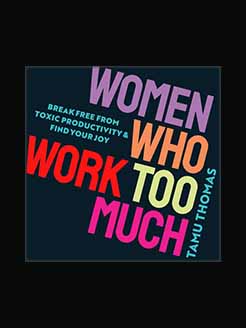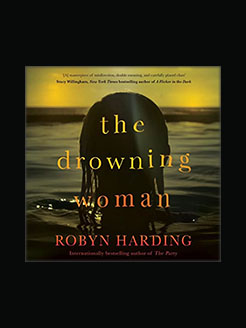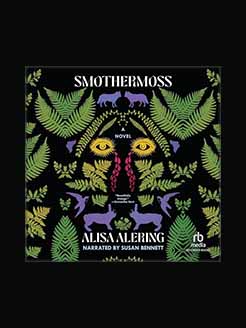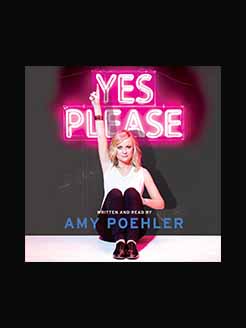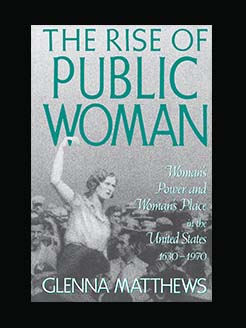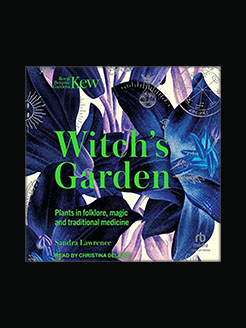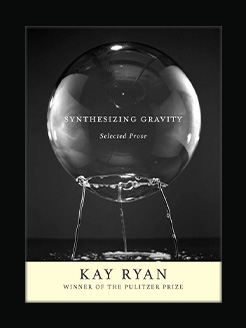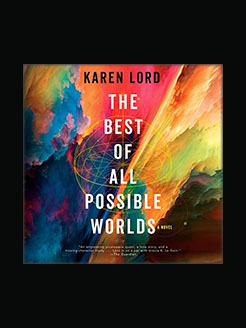Published in 2018
412 pages
Lisa Wenger Bro is an Associate Professor of English at Middle Georgia State University, USA. Her specialty is postmodern American literature, particularly multiethnic, magical realist, and speculative fiction. Her publications include articles such as The Supernatural and Cultural Agency in Perforations, Strange Changes: Cultural Transformation in U.S. Magical Realist Fiction in LiCuS: Journal of Literary Theory and Cultural Studies, and The Masculinized Female Hero: Punishing Misalignment in Battlestar Galactica and Game of Thrones in the Journal of the Georgia Philological Association.
Mary Ann Gareis has BAs in Philosophy and English Literature from Berea College, USA, and an MA in Medieval Literature from the University of Georgia, USA. She is an Associate Professor of English at Middle Georgia State University, USA. She has presented on rhetoric and pedagogy in working with underprepared and at risk students. Her current interests include horror, the Gothic and the contemporary anti-hero. Her recent work includes Unsavory Saviors: The Hero Becomes the Monster in Contemporary Horror and From Ground Breaking to World Breaking: Technology and our Fragile Landscape.
Crystal OLeary Davidson is a Professor of English at Middle Georgia State University, USA. She has published articles on the American Gothic, distance learning pedagogy, popular culture, and film studies, including: Make It Beautiful: The Art of Dayana Stetco’s The Dick Traces (The Milena Theatre Group, 2002) in Audition: A Journal of Drama and Interdisciplinary Performance, The Visitor in Extracts, Perceived Effectiveness of a Virtual Immersive Environment for Teaching and Learning (co-authored with Darryl Hancock, Kirby Swenson, and Andy Davidson) in Distance Learning Administration Annual and Conference Proceedings, Transcending Monstrous Flesh: A Revision of the Heros Mythic Quest in Journal of the Fantastic in the Arts, and The Dead in Southwestern Review. She writes fiction and is a member of the Horror Writers Association.
What is this book about?
Monsters are a part of every society, and ours is no exception. They are deeply embedded in our history, our mythos, and our culture. However, treating them as simply a facet of childrens stories or escapist entertainment belittles their importance. When examined closely, we see that monsters have always represented the things we fear: that which is different, which we cant understand, which is dangerous, which is Other. But in many ways, monsters also represent our growing awareness of ourselves and our changing place in a continually shrinking world. Contemporary portrayals of the monstrous often have less to do with what we fear in others than with what we fear about ourselves, what we fear we might be capable of.
The nineteen essays in this volume explore the place and function of the monstrous in a variety of media stories and novels like Baums Oz books or Gibsons Neuromancer; television series and feature films like The Walking Dead or Edward Scissorhands; and myths and legends like Beowulf and The Loch Ness Monsterin order to provide a closer understanding of not just who we are and who we have been, but also who we believe we can be for better or worse.
